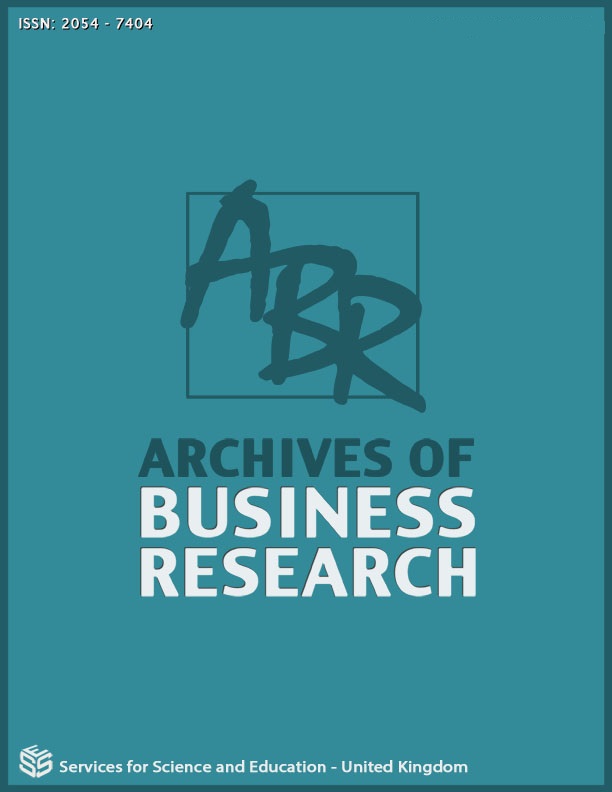Understanding Employee Responses to Lay-Offs; The Ingredients for Successful Outcomes. An example from the Charity Sector in West Africa.
DOI:
https://doi.org/10.14738/abr.102.11853Keywords:
Kubler Ross Change Model, Flow of Information, human resources management, Industrial relations.Abstract
This study examines a recent planned organizational change by an international charity organization that resulted in the closure of three country offices and restructure of parts of its regional office which led to the lay-offs of employees within West Africa. Using an integrated model of the Kubler Ross Reaction change model, the flow of information in human resource model and industrial relations systems theory, the study examines the key steps, processes and outcomes that led to a smooth restructuring process in a region where employee lay-offs can result in endless litigation. The study concludes that a successful execution of a planned organizational change that results in office closures and staff lay-offs requires (i) a grieving model to predict, manage and adapt to employees response to change, (ii) flow of information and (iii) conformity to national industrial relations laws and practices.
Downloads
Published
How to Cite
Issue
Section
License
Copyright (c) 2022 Casely Ato Coleman

This work is licensed under a Creative Commons Attribution 4.0 International License.






